2000s – 2010s
History of Fashion 2000s – 2010s
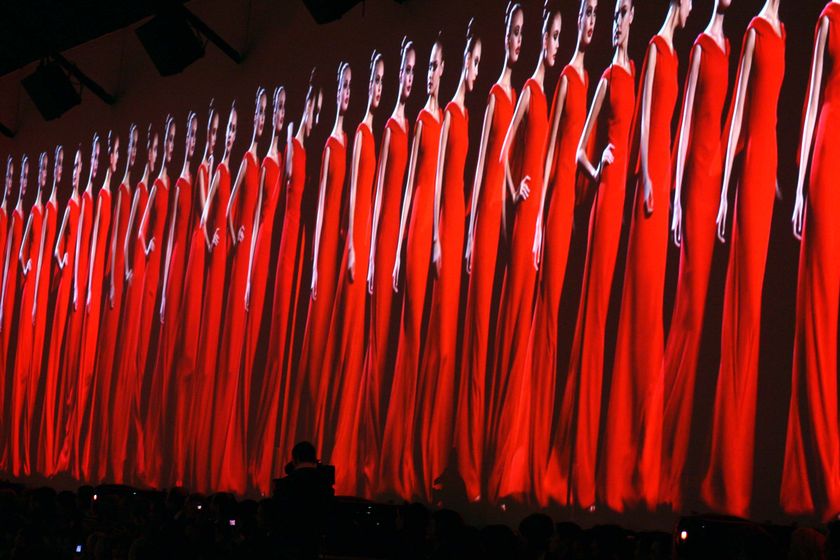
Valentino – Haute Couture Spring-Summer 2008 – last show before stepping down the role of Creative Director of the maison
The Noughties
The beginning of the decade was hit with tragedy in 2001 with the September 11th terrorist attacks on the Twin Towers in New York. With New York fashion week mid flow, the rest of the shows were cancelled. Six months later, the New York crowd proved it was business as usual, but in a more gentle and delicate way. In 2003 the United States, United Kingdom, Australia and Canada invaded Afghanistan to find al-Qaeda mastermind Osama bin Laden, which followed the United States, United Kingdom, Australia and Poland invading Iraq under false claims of weapons of mass destruction. The decade saw natural disasters, social media spreading via the internet and a more educated consumer. Mass market brands were copying replicas from the designer catwalk and celebrity collaborations with middle market stores were everywhere. Vintage was ‘in’ and mixing designer garments with high street and vintage saw a focus on intelligent dressing.
Arts and Culture
2004 saw the abrupt departure of Tom Ford from Gucci. After previously working Perry Ellis, Ford was appointed creative director in 1994 and is credited with turning the company around and sexually invigorating it. In 2005 he opened his own brand and later went on to his first directorial role for the Oscar nominated “A Single Man”.
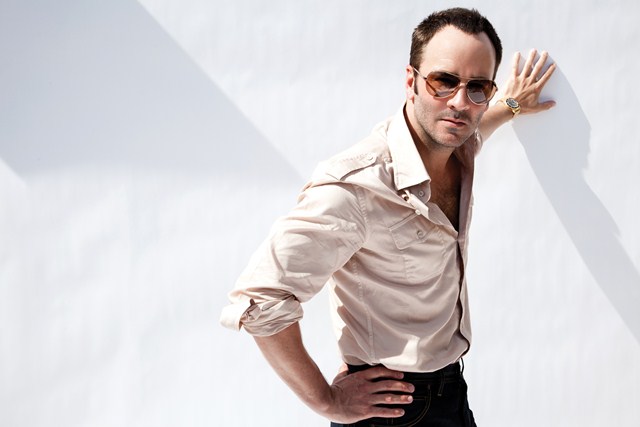
Copyright © AFP / Archives du 7eme Art / Photo12
Givenchy had another upheaval with Alexander McQueen leaving, and Julien Macdonald replacing him from 2001 – 2004. Riccardo Tisci then followed and has been heading the women’s ready-to-wear and haute couture since 2005.
The decade saw controversy over the size zero models. Model Luisel Ramos collapsed on a runway show during Uruguay’s fashion week which sparked uproar globally, on thin models. The death led to the coordinators of Madrid’s fashion week banning models with a BMI below than 18. Two months later the death of Brazilian model Ana Caroline Reston fuelled the on going debate.The following September London Fashion Week refused to ban the smaller models despite appeals from the British Fashion Council. As the size debate carried on some designers stepped out sending fuller sized models down their runways. Mark Fast sent size 12, 14 and 16 models down his catwalk at London Fashion Week in 2010 alongside the normal sized models. Karl Lagerfeld, Vivienne Westwood, Henry Holland, Topshop and Charlotte Ronson have all used the curvier than size 0, Daisy Lowe alongside their size zero models.
Shapes and Silhouettes
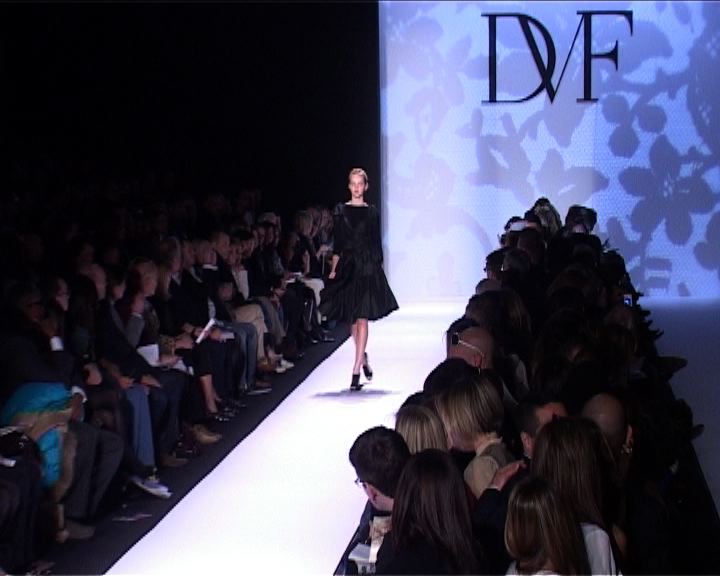
Diane Von Furstemberg – Autumn-Winter 2007/08
In September 2005 Roland Mouret introduced the Galaxy dress. With celebrities and models falling around to get their hands on the iconic dress, it was lusted after by all. Lined with Powerflex, a touch stretchy fabric used for underwear in the fifties, the dress produces a corset style push up and accentuates the womanly curves. Described as “the most recognizable dress of the last decade” by the Daily Telegraph, the dress became a wardrobe staple for all sizes. The noughties saw the second coming of Diane Von Furstenberg’s famous wrap dress. With a relaunch of her label in 1997 the wrap dress was slowly adopted by celebrities including Gwyneth Paltrow and Jade Jagger. With the growing popularity the wrap dress descended to the high street in 2003.
With Barack Obama elected in the United States in 2008, fashion was shocked to see his wife’s fashion credentials. In 2009 becoming president highlighted Michelle Obama and her first lady fashion sense. Classic designs with her own personal twist are often seen on Michelle. Wearing virtually unknown designers, she supported Jason Wu, wearing his designs over other established designers. Known for wearing sleeveless dresses her style reflects Jacqueline Kennedy. Favourite designers include Isabel Toledo, Nariciso Rodriguez, Calvin Klein, Alexander McQueen and Donna Ricco.
The first half of the decade saw a revival of the Ugg boot first seen on Pamela Anderson on Baywatch in the eighties. Celebrities took to the comfortable boot and the public followed. Juicy Couture tracksuits were a popular trend among the Hollywood A-list with Paris Hilton, Britney Spears and Eva Longoria seen wearing them.
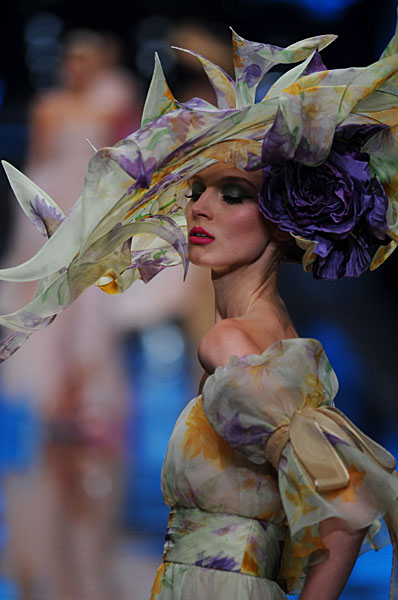
Valentino – Haute Couture Spring-Summer 2008
2007 saw the introduction of tighter dresses at Lanvin and Missoni which led on to the bodycon phase. Floral dresses with bold prints, pressed petals and full blooms were seen at Valentino, Peter Jensen, Jean Muir and Oscar de la Renta in the spring/summer season. Along with a revisit of the forties Hollywood glamour silhouette at Dior and Louis Vuitton.
Big knits became popular with chunky scarves, boyfriend cardigans and heritage dressing with tweed fabrics and tartan. Along with an equestrian vibe of quilted coats, sports padded jackets and Barbour jackets becoming an ‘it’ trend.
The second half of the noughties also saw an eighties revival with Balmain fore fronting it. The hard shoulder returned along with lycra at Versace, disco styles at Gucci and Dynasty at Marc Jacobs. Boho chic became a fashionable style to emit during the early noughties. Around 2003 – 2005 Helena Christensen and Sienna Millar were seen taking inspiration from the sixties boho vibe and introducing it in a more sexy and glamorous way. Long floaty skirts, cowboy boots, embroidered tops, floral fabrics, baggy cardigans, furry gilets and ‘hobo’ bags were all worn.
Festival wear
Inspired originally by Sienna Millar’s boho chic vibe, festival wear was becoming increasingly important. The celebrities were photographed at each festival and their clothing became essential for the following ones. Alexa Chung’s denim shorts, striped top and leather jacket are now a classic look for festivals as are the celeb favourite Hunter Wellington boots. Ray bans and aviators were a must have item as were gladiator sandals, sun dresses and any type of fancy dress you could get your hands on. As Festivals continue into the next decade they will continue to be a popular platform to debut personal style.
Accessories
The oversized handbag was an essential accessory for the nineties. Designer handbags were the perfect finish to an outfit with the Chloé Paddington in 2002, the Mulberry Bayswater in 2003, the Gucci Indy which was popular with the boho style, the Fendi Spy in 2005, the Marc Jacobs Stam bag also in 2005, and the Temperly tote.
Designer Collaborations
Designers started to collaborate with popular high street stores bringing high fashion accessibility to the mass market. Karl Lagerfeld designed for H&M in 2004 as did Lanvin’s Alber Elbaz. Valentino and Gap collaborated to do a capsule collection, Yohji Yamamoto worked with Adidas and Neil Barret designed a collection for Puma, as did Jill Sander. Alexander McQueen and Hussein Chalayan also worked with Puma and Christopher Kane for Topshop was another successful collaboration.
The Icons
The ex Spice Girl turned fashion designer, Victoria Beckham was idolized for her polished, well put together dresses that are iconic for her clothing line. Kate Moss’s style was followed entirely and her collections at Topshop were hugely popular. Model, singer and first lady Carla Bruni was loved for her ability to always look chic dressed up, down, in flats or in heels. The curvaceous beauty of Monica Bellucci captured everyone’s attention, the model and actress’s glamorous style was loved. Burlesque dancer Dita Von Teese is known for her impressive burlesque performances, modelling in Playboy and love of old school glamour. Known for wearing forties and fifties style clothing and her classic vintage style she’s a modern day icon. Sean Combs also known as Puff Daddy, Diddy and P.Diddy was famous for his rapping, singing, acting, record producing and fashion designing. Winning three Grammy Awards, two MTV Music Awards and a Council of Fashion Designers of America award the noughties saw him wanted by everyone.
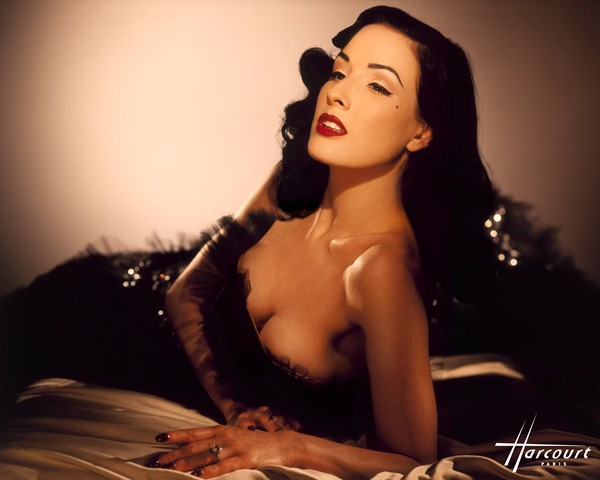
Copyright © AFP / Studio Harcourt Paris
The Designers
Matthew Williamson
After graduating from Central Saint Martins, Matthew Williamson worked for Monsoon and Marni. In 1996 he launched his collection with Kate Moss, Helena Christensen and Jade Jagger all modelling his exotic, detailed clothes. 2002 saw Williamson showing at New York Fashion week and 2005 saw him taking over as creative director at Emilio Pucci. In 2007 Williamson celebrated his 10 year anniversary by returning to London Fashion Week for an anniversary show with an exclusive performance by Prince and an exhibition titled “Matthew Williamson – 10 years in Fashion” was held at the Design Museum, London.
Balmain
After the death of Pierre Balmain in 1982 the house was led by Erik Mortensen and then Oscar d la Renta. Laurent Mercier followed as did Christophe Lebourg. The company followed hard times with bankruptcy; however in 2006 new creative director Christophe Decarnin gave a new vision to the company. A more modern and edgier approach was given and Balmain became increasingly popular in the second half of the nineties.
Rick Owens
An American designer, Rick Owens hit success when a distressed leather jacket of his was pictured on Kate Moss shot by Corrianne Day in French Vogue. Following this he showed his first collection at New York Fashion Week in 2002 with the support of American Vogue and Anna Wintour. The following season Owens launched a menswear collection. His clothes, a mix of glamour and grunge, were featured by stylist Patricia Field in the 2006 film “The Devil Wears Prada”.
DSquared2
Identical twin brothers Dean and Dan Caten worked as designers for Gianni Versace and Diesel during the nineties. Diesel went on to fund the two brothers for their namesake brand. With a men’s collection already debuted, they launched their women’s collection in 2003. Known for their elaborate fashion shows, DSquared2 design men’s and women’s apparel footwear, fragrances and cosmetics.
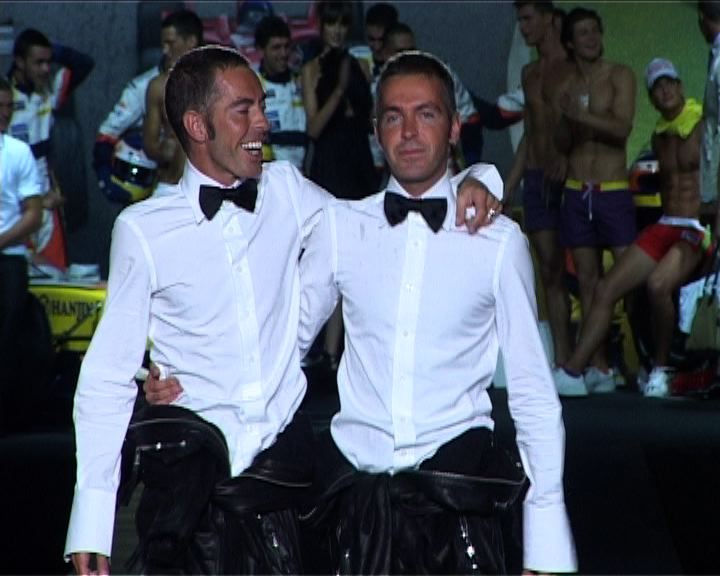
Henry Holland
Henry Holland caught the attention of the fashion world with his catchy T-shirt slogans like “I’ll Tell You Who’s The Boss Kate Moss” and “Get Your Freak On Giles Deacon”. The Lancashire born designer showcased his first solo collection in 2008 to critical acclaim with the brand going on to win the best use of tartan award at the Scottish Fashion Awards. Henry’s House of Holland is known for its designs that express attitude and cultures and his iconic T-shirts.
Christopher Kane
After winning the Lancôme Colour Award in 2005 and the Harrods Design Award while still in college, Christopher Kane attracted the attention of Donatella Versace. Hired by Versace to work on the labels Atelier couture collection, he also worked with designers Russell Sage and Giles Deacon before graduating from Saint Martins in 2006. Founding his own label in 2006, his first collection consisted of bandage tight tailoring, neon colours and stretch-lace.
Catwalks
DSquared2
Known for their outlandish catwalks, DSquared2’s Dean and Dan Caten have used American celebrities to encourage their outlandish shows. In 2005 a runway show finished with American singer Christina Aguilera stripping male models from their clothes. In Milan September 2007, Rihanna entered the stage in an American muscle car and in 2010 the menswear show in Milan featured Bill Kaulitz coming from the ceiling in a caged elevator, Rocky Horror Picture show style.
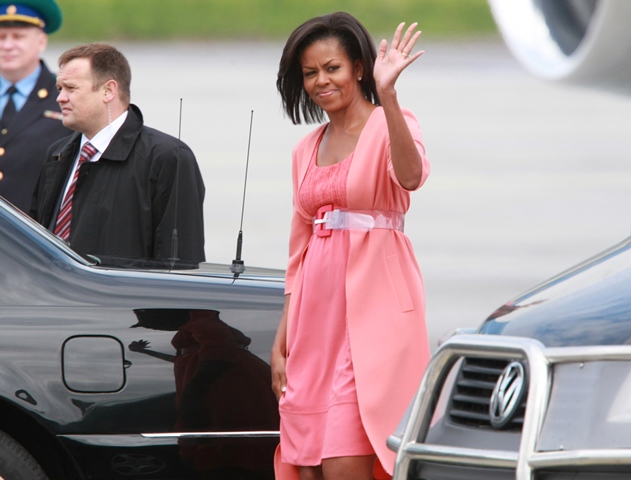
Copyright © AFP / RIA Novosti – Michelle Obama
History of Fashion 2000s – 2010s

Its very interesting to know that. In present generation fashion is totally different. But it is true that fashion is circulated to 2000s-2010s